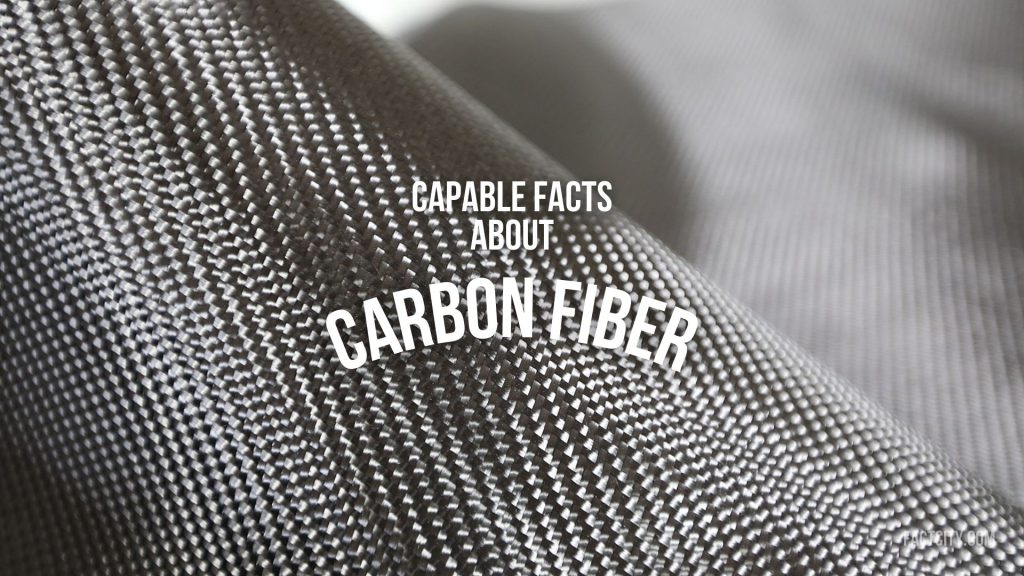Is it metal or material? Carbon fibre is one of the most fascinating materials we work with – mainly thanks to its strength, its versatility, and its durability. But what exactly is carbon fibre – and why is it so sought-after, and so relied-upon? In this guide, we’ll work through some fun facts about carbon fibre so you can impress your friends and family like you’re an expert!
1. Carbon fibre technology has been around for decades.
We’ve been using technology to make the most of carbon fibre for well over 150 years – and it dates all the way back to the mid-19th century. It’s thought that Thomas Edison, the legendary inventor, was using carbon fibre in his light bulbs!
2. Carbon fibre is a flexible term.
You might have seen or heard about carbon fibre in various contexts. This can get quite confusing – as the phrase is often used to describe fibre sheers, lengths, or clumps. In actuality, carbon fibre is a raw resource largely produced in Asia for a variety of purposes.
3. Carbon fibre is technically a polymer.
Carbon fibre is a polymer made up of various organic molecules. The production of carbon fibre involves weaving together something akin to a metallic yarn – helping to make it super strong yet lightweight and durable.
4. Carbon fibre is around five times stronger than steel.
It’s true! Thanks to the unique manufacturing process of this polymer and its various products, carbon fibre is considered much more robust and durable than steel – and it’s also more flexible, meaning it’s largely preferred by manufacturers and engineers looking for lightweight and versatile materials.
5. It’s often used in motor racing thanks to its unique properties.
Carbon fibre has an incredibly low density and is often used in manufacturing and engineering where strength and low weight are important. For example, many F1 cars are built using carbon fibre, and it’s also commonly used in aerospace engineering.
6. There’s not much competition in carbon fibre manufacturing.
As mentioned, the majority of carbon fibre manufacturing takes place in Asia. However, the industry is led by six separate brands – who make up a reported 90% of all carbon fibre production worldwide. Seems the big six are worth relying on!
7. Carbon fibre has found its way into sports equipment and apparel.
The use of carbon fibre doesn’t start and end at manufacturing and engineering. In fact, you’ll also find the material is used to help produce equipment such as golf clubs, as it’s strong and lightweight enough to help players with their swings. Would you believe it if we told you carbon fibre is also used in sneakers and other footwear, too? It’s a fact!
8. It’s an ideal material for musical instruments, too.
The stiffness and strength of carbon fibre also makes it a popular choice in the design and manufacture of musical instruments such as violins and guitars, which are prone to snapping strings through overuse or heavy-handedness. What’s more, carbon fibre used in larger instruments such as cellos and double basses makes it easier to carry certain parts of the orchestra around.
9. It’ll take a long time to degrade.
Some carbon fibre experts are keen to advise that the material will even outlive humanity! Many manufacturers coat carbon fibre in UV protection so it’s extra resilient against light and weather. This helps to make it even more cost-effective, and all the less likely to let people down when used in sensitive applications.
FAQs about Carbon Fibre
Is carbon fibre expensive?
Carbon fibre is often a more expensive material to produce and purchase compared to the likes of steel. The cost of carbon fibre for the consumer is largely so thanks to its incredible strength and flexibility. However, many people and companies claim it’s worth every penny.
Can carbon fibre stop a bullet?
No – not on its own – as it’s not built to withstand ballistics. Bulletproof material such as kevlar is regarded as among the best for protection in the line of fire.
Does carbon fibre have any weaknesses?
For all its strength and flexibility,. Carbon fibre is prone to shattering under extreme compression and stress, and it can also break apart at high impact. Therefore, while many see it as a “dream” material, it’s not 100% perfect.
Further reading:
https://facts.uk/tag/Technology
https://www.pfh-university.com/blog/how-carbon-fibre-made
https://www.sciencedirect.com/topics/materials-science/carbon-fibre
Do you know any interesting facts about carbon fibre? Share them in the comments below!
